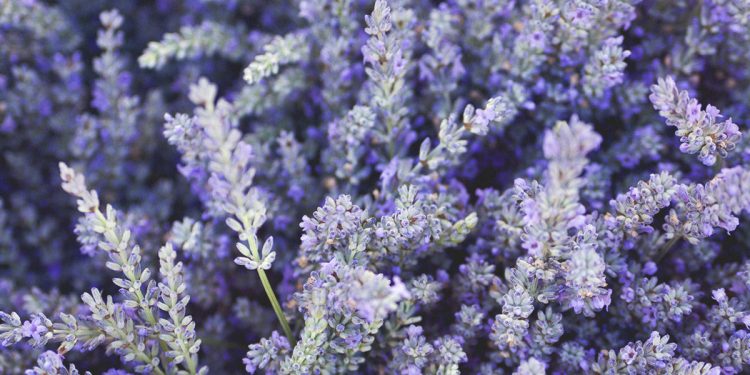Cultivating your own medicinal plants and growing them in your backyard is a great way to save money and get access to high-quality products. These plants are the source of numerous natural remedies for specific ailments and can be used to create your own skin and hair care products!
Growing these plants in your garden is an excellent way to save money, reduce stress, and enjoy nature at the same time. Cultivating medicinal plants may seem like an intimidating activity, but it’s actually not that hard once you know how to properly grow and care for these plants.
With some planning and research, you’ll be able to grow these plants and use them to treat common conditions. Here are some of the best medicinal plants you can grow at home.
Shampoo Ginger Lily
Shampoo Ginger Lily is a powerful plant that can be used as a shampoo, conditioner, and even a treatment for dandruff. You can use it to treat itching and irritation of the scalp, as well as hair loss. This is a great alternative to chemical-heavy shampoos if you suffer from allergies or sensitive skin.
Awapuhi Ginger, as it is otherwise known, produces an inflorescence (a bulb that will flower) when it starts to mature. This inflorescence contains ginger-scented, creamy liquid that’s often amended into shampoos and conditioners.
Shampoo Ginger or Pinecone ginger is also known to be used medicinally to treat ailments like cuts, headaches, toothaches, and other problems beyond nourishing your scalp.
Hibiscus
Hibiscus (Hibiscus spp) is a great source of vitamin C, fiber, and antioxidants. It can be used to treat hypertension, insomnia, and fatigue. If you have hypertension, add hibiscus flower petals to juice or a smoothie to reduce your blood pressure. For insomnia, drink a cup of hibiscus tea before bed.
It’s also great for the skin and hair, making it a perfect medicinal plant to grow in your garden.
Hibiscus can be used as a natural dye, and the leaves can be used in salads. Hibiscus prefer to grow in full sunlight and with consistently moist soil. If you live in tropical climates, then consider growing Hibiscus trees and shrubs.
Hibiscus trees attract pollinators like hummingbirds and butterflies into your garden creating a colorful oasis.
Lavender
Lavender is one of the most popular and well-known medicinal plants. It’s used to treat a variety of ailments, including insomnia, anxiety, depression, headaches, and even certain types of wounds.
Lavender is great for the skin, helping to soothe and heal most skin conditions.
You can brew lavender tea to treat anxiety, insomnia, headaches, and depression. You can also apply lavender oil to the skin to treat wounds, insect bites, and burns.
Calendula
Calendula is a great herb that makes for excellent skin care. It can be used to treat acne and other skin infections, heal wounds, and soothe skin conditions. Calendula is also a great source of antioxidants, making it a great addition to a healthy diet.
You can add calendula leaves to salads and tea, or use the oil to treat your skin. Calendula oil is great for treating acne, wounds, and soothing skin conditions such as psoriasis, eczema, and sunburn.
Chamomile
Chamomile is excellent for treating a variety of illnesses and calming the body and mind. It’s used to treat gastrointestinal disorders, insomnia, and anxiety. Chamomile is also a great natural remedy for skin conditions such as acne, psoriasis, and eczema. You can use it to brew tea, apply it to your skin as a
cream, or blend it into your favorite face mask.
Chamomile tea is great for treating anxiety and gastrointestinal disorders. Use it to make a face mask by blending it with other ingredients, such as oatmeal or honey.
These plants can be used to treat a variety of ailments and make for an excellent natural remedy. Cultivating them is an excellent way to save money while also enjoying your time in the garden. Medicinal plants are a great addition to your garden, and they can be used as a tea, a face mask, or applied to the skin.
If you're serious about growing your own medicinal plants, you have to take special care. You'll have to choose the right location and soil, and make sure they get enough light. You can learn more about growing medicinal plants by reading articles and educational blogs online.
























